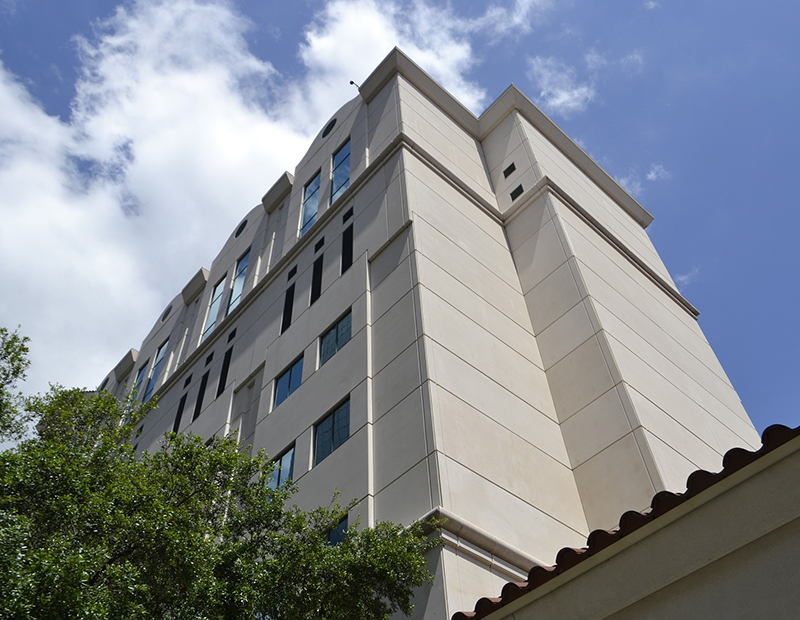Health Systems Lead MOB Trades in Q3: Report
Publicly traded REITs were net sellers for the second consecutive quarter, according to Hammond Hanlon Camp LLC's latest study.
Health systems led the investment community in sales and acquisitions in the third quarter, though the transaction activity in the medical office building sector remains muted, according to Hammond Hanlon Camp LLC’s latest Medical Office Building Quarterly Update.
READ ALSO: Global CRE Investment Surges in Q3: CBRE
MOB transaction volumes continued to decline in the second full pandemic-impacted quarter, dropping from $2.3 billion in the second quarter to just $1.6 billion in the third quarter. The figure constitutes the lowest quarter of transaction volume since the first quarter of 2014. “A majority of medical office building owners are generally content with their portfolio tenants’ ability to pay rent through this volatile period, so we anticipate that private investors may not want to sell,” Matthew Tarpley, vice president, Hammond Hanlon Camp LLC, told Commercial Property Executive.
Health systems were responsible for more than 25 percent of transactions in the third quarter, acting as both seller and buyer. Mercy Health was the largest acquirer of MOBs and served as buyer in the largest transaction of the quarter—the purchase of a 200,000-square-foot comprehensive outpatient care facility in Oklahoma City, Okla., from Healthcare Realty Trust for $106.5 million.
Publicly traded REITs, on the other hand, were net sellers for the second-consecutive quarter, after four years of acting as net acquirers in the MOB sector. Select REITs are monetizing noncore assets and retreating from purchases as a result of depressed stock prices. As H2C notes, the majority of REIT stock continues to trade below peak levels seen in the first quarter. REITs, however, won’t sit on the acquisition sidelines for very long. “We expect REITs to return to activity at a moderate pace to grow their portfolios and add properties as they look to diversify their tenant base,” said Tarpley.
No bargain-basement sales
Although MOB transaction volume dropped even lower in the third quarter, prices held steady. “We’ve been surprised by the stability of medical office pricing because of both demand and lack of supply in a volatile, COVID-19-impacted environment,” Tarpley noted. Much of the investment community’s confidence in the market has proved unwavering.
“Investors view the MOB space as a “safe haven,” where assets serve necessary and growing uses in the provision of health care,” according to the H2C report. “The uncertainty caused by the COVID-19 pandemic seen in other real estate asset classes, such as retail and hospitality, is increasing investor interest in the stability of the MOB space, which benefits from significant long-term tailwinds, such as an aging population and increased health-care spending.”
Average cap rates changed slightly in the third quarter, declining 5 basis points quarter-over-quarter to 6.55 percent.
At the regional level, the West recorded the lowest average cap rate of any region in the third quarter at 5.87 percent. And with an average price per square foot of $389, the West also saw the highest average price per square foot for MOBs in the country, marking the West’s return to the outperformance it had experienced in the third and fourth quarters of 2019, when the region reigned supreme with the strongest cap rates, transaction volumes and price per square foot. However, it was the Northeast that recorded the strongest cap-rate compression in the third quarter, with rates dropping 18 basis points to an average 6.07 percent, the lowest cap rate in the region since the first quarter of 2017.
H2C expects more of the same for MOB valuation in the fourth quarter. “Low interest rates, high demand, low supply, and capital availability will continue to support values in the MOB sector, despite the lower transaction volumes that are anticipated for 2020,” according to the report.
Read the full report by Hammond Hanlon Camp LLC.








You must be logged in to post a comment.